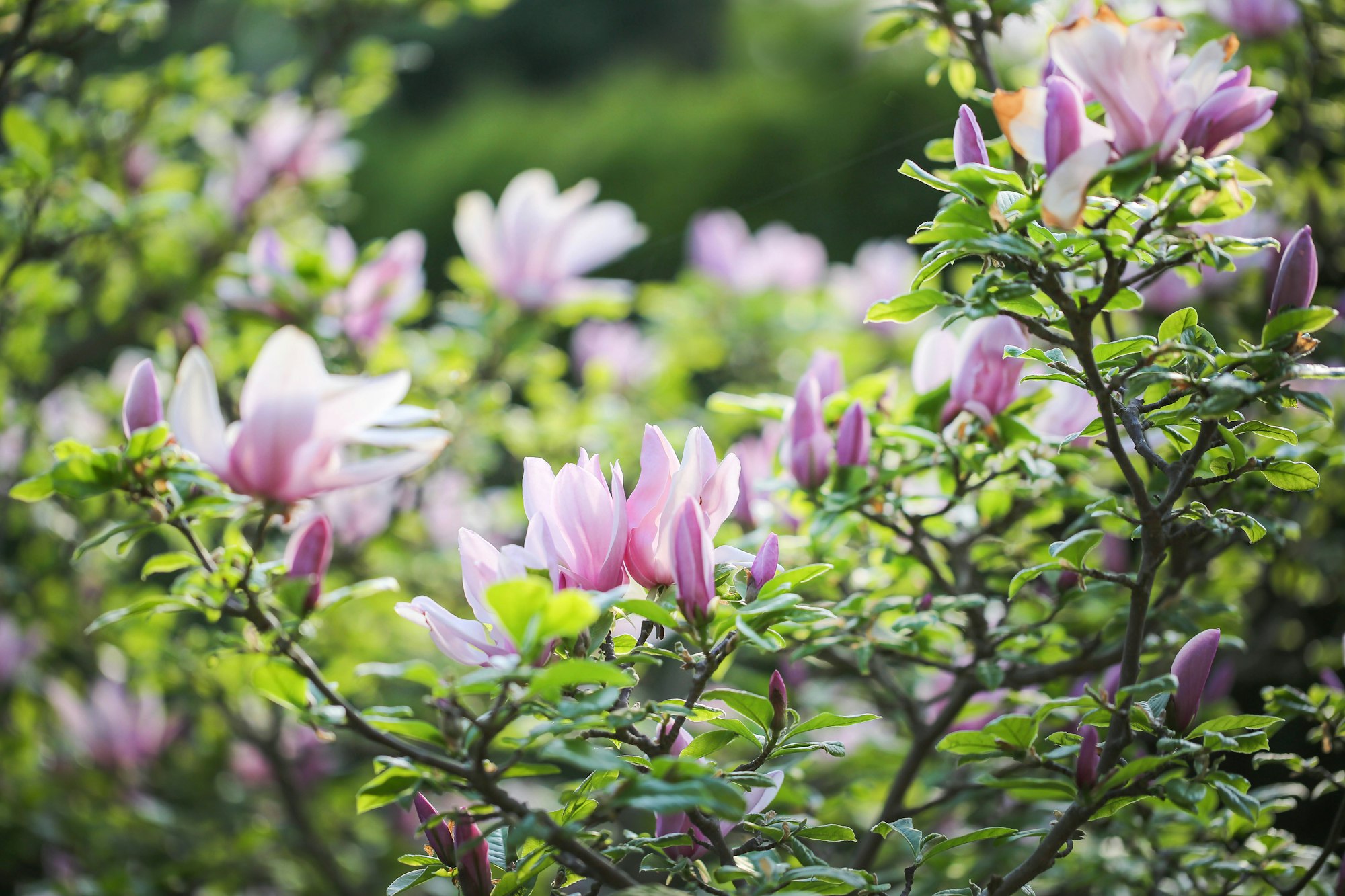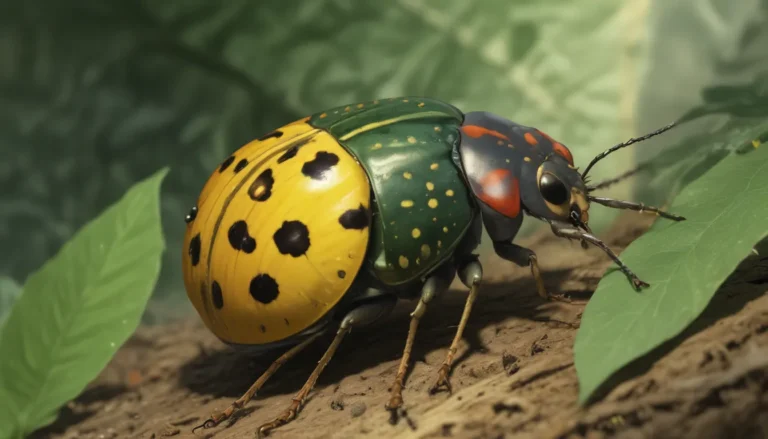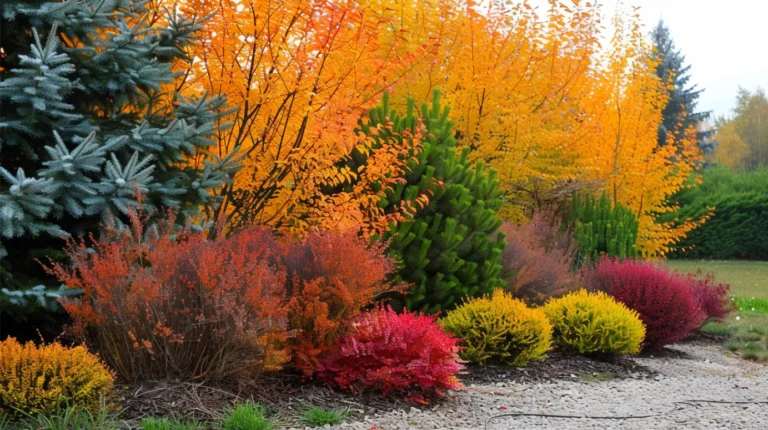A Comprehensive Guide to Growing and Caring for Magnolia Trees

Magnolia trees are a stunning addition to any garden or landscape, known for their large, fragrant flowers and glossy leaves. Whether you’re an experienced gardener or a beginner, this comprehensive guide will walk you through everything you need to know about growing and caring for these magnificent trees. From selecting the right variety to troubleshooting common issues, we’ve got you covered.
Choosing the Right Magnolia Tree
Before diving into the care instructions, it’s crucial to select the right magnolia tree for your space and climate. There are over 200 species of magnolias, each with unique characteristics and requirements.

Popular Magnolia Varieties
When choosing a magnolia, consider factors such as climate zone, available space, soil type, desired flowering season, and whether you prefer an evergreen or deciduous tree. Here are some popular varieties to consider:
- Southern Magnolia (Magnolia grandiflora): A classic choice, known for its large, white flowers and evergreen leaves.
- Saucer Magnolia (Magnolia x soulangeana): Deciduous variety with pink or purple cup-shaped flowers.
- Star Magnolia (Magnolia stellata): Compact tree with star-shaped white or pink blooms.
- Bigleaf Magnolia (Magnolia macrophylla): Features enormous leaves and white flowers with purple centers.
- Cucumber Tree (Magnolia acuminata): Named for its cucumber-shaped fruit, this variety has yellowish-green flowers.
“The right tree in the right place is the key to a thriving magnolia.” – Experienced gardener
Planting Your Magnolia Tree
Once you’ve selected your magnolia, it’s time to plant. Follow these steps for the best results:
- Choose the right location: Most magnolias prefer full sun to partial shade. Ensure the spot has well-draining soil and protection from strong winds.
- Prepare the soil: Magnolias thrive in slightly acidic, fertile soil. Test your soil pH and amend if necessary.
- Dig the hole: Make it twice as wide as the root ball and just as deep.
- Plant the tree: Place the tree in the hole, ensuring the top of the root ball is level with or slightly above the soil surface.
- Backfill and water: Fill the hole with soil, gently tamping down to remove air pockets. Water thoroughly.
- Mulch: Apply a 2-3 inch layer of organic mulch around the base, keeping it away from the trunk.
Watering Your Magnolia
Proper watering is essential for your magnolia’s health and growth. Water deeply and regularly during the first growing season to establish a strong root system. Once established, magnolias are relatively drought-tolerant but benefit from consistent moisture. Water slowly and deeply, allowing the soil to absorb the moisture. Avoid overwatering, as magnolias are sensitive to waterlogged soil.
A good rule of thumb is to water when the top 2-3 inches of soil feel dry. During hot, dry periods, you may need to water more frequently.
Fertilizing Your Magnolia
Magnolias generally don’t require heavy fertilization, but a balanced approach can promote healthy growth and abundant blooming. Apply a slow-release, balanced fertilizer in early spring before new growth begins. Use a fertilizer with an NPK ratio of 10-10-10 or similar. Avoid over-fertilizing, as this can lead to excessive foliage growth at the expense of flowers.
For young trees, fertilize lightly in the first year, increasing gradually as the tree matures.
Pruning and Maintenance
Proper pruning is crucial for maintaining the health and shape of your magnolia tree. Here are some key points to remember:
- Timing: Prune immediately after flowering to avoid removing next year’s buds.
- Remove dead or diseased branches: Cut these back to healthy wood.
- Shape the tree: Remove crossing or rubbing branches to improve air circulation.
- Limit severe pruning: Magnolias don’t respond well to heavy pruning, so make cuts judiciously.
- Clean tools: Always use clean, sharp pruning tools to prevent the spread of disease.
Regular maintenance also includes removing fallen leaves and flowers to prevent disease and pest issues.
Pest and Disease Management
While magnolias are generally hardy, they can face some challenges. Here are common issues and how to address them:
Pests:
- Scale insects: Use horticultural oil or insecticidal soap.
- Magnolia borer: Keep trees healthy and stress-free; use appropriate insecticides if necessary.
- Spider mites: Spray the tree with a strong jet of water or use miticides.
Diseases:
- Leaf spot: Remove affected leaves and improve air circulation.
- Verticillium wilt: Unfortunately, there’s no cure. Remove infected trees to prevent spread.
- Algal leaf spot: Prune affected areas and improve air circulation.
Seasonal Care Tips
Spring:
- Apply fertilizer before new growth begins.
- Prune after flowering (for spring-blooming varieties).
- Watch for emerging pests and treat promptly.
Summer:
- Monitor watering needs, especially during dry spells.
- Remove faded flowers to encourage more blooms (for repeat bloomers).
- Check for signs of pest infestation or disease.
Fall:
- Reduce watering as temperatures cool.
- Plant new magnolia trees.
- Clean up fallen leaves to prevent disease.
Winter:
- Protect young or cold-sensitive varieties from frost.
- Avoid pruning to prevent stimulating new growth before spring.
- Check for and remove any snow or ice buildup on branches.
Magnolias in Different Landscapes
Magnolias are versatile trees that can fit into various landscape designs:
- Focal point: Plant a large magnolia as a stunning centerpiece in your yard.
- Privacy screen: Use evergreen magnolias to create a natural, beautiful barrier.
- Street tree: Smaller varieties can make excellent street trees in urban settings.
- Container gardening: Some compact magnolias can thrive in large containers on patios or balconies.
- Woodland garden: Incorporate magnolias into a naturalistic woodland garden design.
Propagation Methods
For those interested in expanding their magnolia collection, there are several propagation methods:
- Seeds: Collect seeds from mature pods and sow in autumn.
- Cuttings: Take semi-hardwood cuttings in summer and root them in a propagation mix.
- Layering: Bend a low branch to the ground, wound it, and cover with soil until roots form.
- Grafting: Often used for rare cultivars, but requires advanced skills.
Enjoying Your Magnolia
Once established, your magnolia tree will provide years of beauty and enjoyment. Here are some ways to make the most of your magnolia:
- Photography: Capture the stunning blooms and changing seasons.
- Cut flowers: Some magnolia flowers make excellent cut flowers for indoor arrangements.
- Aromatherapy: Enjoy the sweet fragrance of blooming magnolias in your garden.
- Wildlife watching: Observe the birds and pollinators attracted to your magnolia.
Remember, patience is key with magnolias. Some species may take several years to establish and bloom fully, but the wait is well worth it for the magnificent display they provide.
Conclusion
Growing and caring for magnolia trees can be a rewarding experience for any gardener. With their stunning flowers, attractive foliage, and rich history, magnolias are sure to become a cherished part of your landscape. By following the guidelines in this comprehensive guide, you’ll be well-equipped to nurture your magnolia tree from planting to maturity, ensuring years of beauty and enjoyment.
Whether you’re planting your first magnolia or looking to improve the care of an existing tree, remember that each tree is unique. Pay attention to your tree’s specific needs, and don’t hesitate to consult local gardening experts for advice tailored to your region. With proper care and attention, your magnolia will thrive, providing a magnificent focal point in your garden for generations to come.





